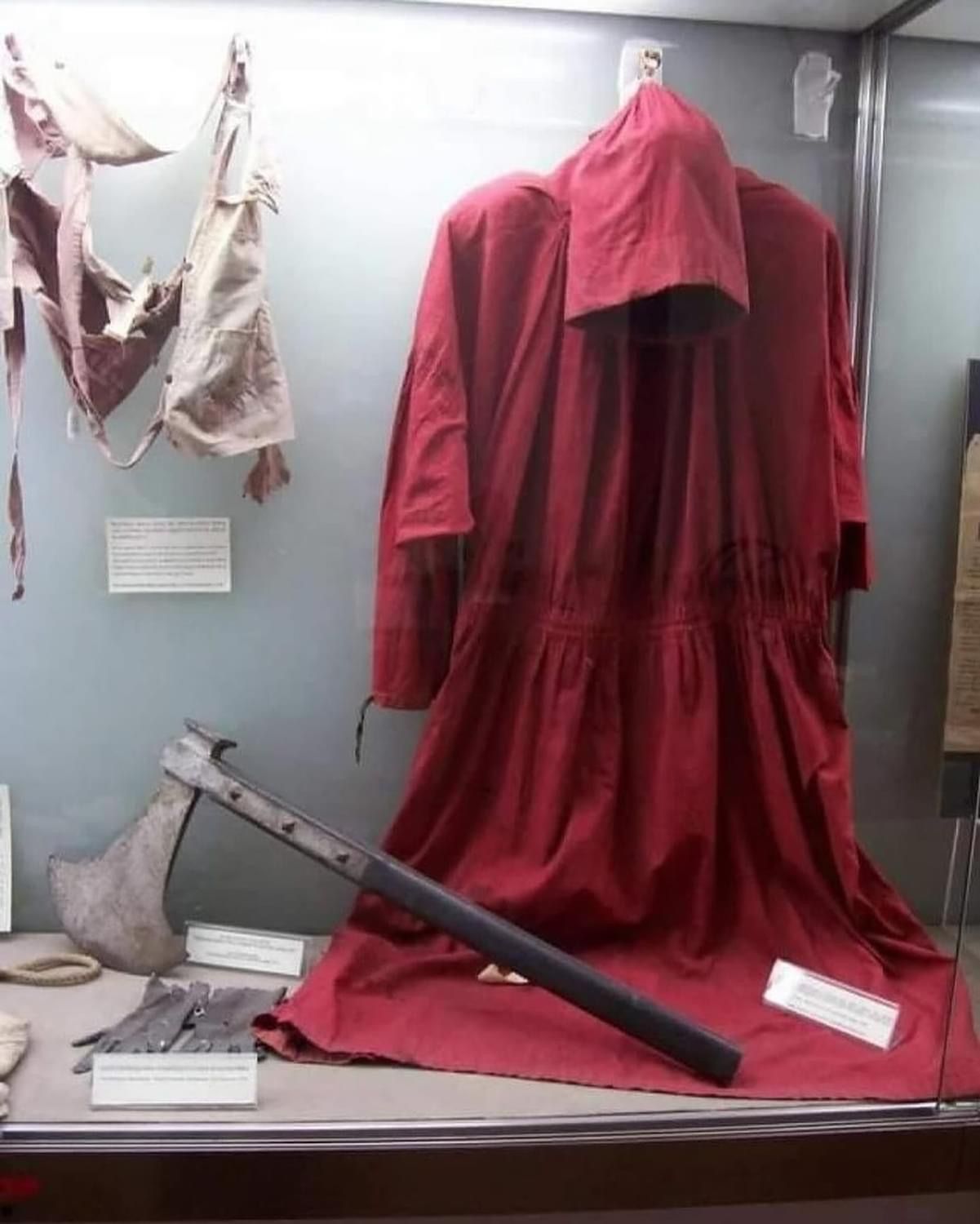Mildly interesting
-
The custom of "telling the bees" is a charming and ancient tradition where beekeepers inform their bees about significant events in their lives, such as deaths, births, marriages, and other major occurrences. This practice is believed to have its roots in Celtic mythology, where bees were seen as messengers between the human world and the spirit world. The presence of a bee after a death was thought to signify the soul leaving the body. The tradition became particularly prominent in the 18th and 19th centuries in Western Europe and the United States.
To tell the bees, the head of the household or the "goodwife" would approach the hives, gently knock to get the bees' attention, and then softly murmur the news in a solemn tone. This ritual was believed to keep the bees informed and prevent them from leaving the hive or dying. The custom underscores the deep connection and respect that people historically had for bees, viewing them as integral members of the household and community.

-
Because of the goofiness of the English language, there are very few "spelling bees" in other countries in their native language.
(For example, Bhasa Indonesian - every letter is pronounced and every letter always has the same sound)
-
I bought one of these today. The old one was about 20 years old, very old for a lawn tractor.
Now they come with a hose attachment that blows water on the blades to clean out the blade housing. I had never seen that before, a great idea.


@Copper said in Mildly interesting:
I bought one of these today. The old one was about 20 years old, very old for a lawn tractor.
Now they come with a hose attachment that blows water on the blades to clean out the blade housing. I had never seen that before, a great idea.


Don't use that unless you want your deck to rust faster than it should.
-
@Copper said in Mildly interesting:
I bought one of these today. The old one was about 20 years old, very old for a lawn tractor.
Now they come with a hose attachment that blows water on the blades to clean out the blade housing. I had never seen that before, a great idea.


Don't use that unless you want your deck to rust faster than it should.
@mark said in Mildly interesting:
Don't use that unless you want your deck to rust faster than it should.
I will probably not use it too much, since it takes a little work to get it going.
I mentioned it to a few guys who have this device, and said, good idea, but after a few uses you'll get lazy.
-
https://www.nytimes.com/2024/09/23/style/pussy-bow-blouse-tie-neck.html
Never seen the terminology before, but apparent there is such a thing as a "pussy-bow blouse", and it makes sense.
-
-
Giovanni Battista Bugatti, the official executioner for the Papal States from 1796 to 1864, executed over 500 people during his 68-year tenure.
Bugatti’s tools and clothing became historical artifacts, reflecting the period’s harsh justice system. His execution methods included beheading and garroting, and he retired with honor at the age of 85.

-
Giovanni Battista Bugatti, the official executioner for the Papal States from 1796 to 1864, executed over 500 people during his 68-year tenure.
Bugatti’s tools and clothing became historical artifacts, reflecting the period’s harsh justice system. His execution methods included beheading and garroting, and he retired with honor at the age of 85.






